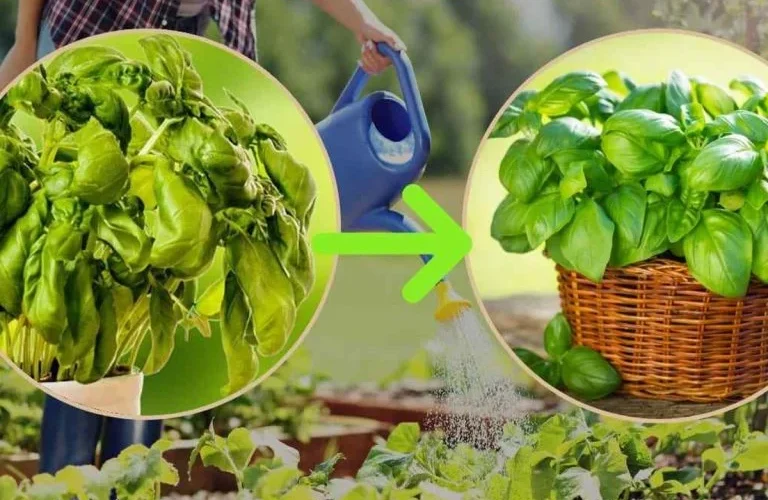Recycling Plastic Containers: 1000 Ideas to Recycle Them. Basil, How You Water It Makes All the Difference: The Secret to Keeping It Strong and Vital
It’s becoming more common these days to see various aromatic herb plants on windowsills, balconies, and gardens. Basil, in particular, is a star in many seasonal dishes during this time of year.
Basil, How You Water It Makes All the Difference: The Secret to Keeping It Strong and Vital There’s also a growing trend of using fresh basil instead of dried or frozen. The quickest way to add aroma, freshness, and flavor to our recipes is to have it within reach and pluck the leaves directly from the plant. Hence, the increasingly frequent choice to grow it in pots or in the garden. For apartment dwellers, the balcony serves this purpose.
For Healthy and Lush Basil However, basil doesn’t always stay vibrant for a long time. Often, the leaves darken, turn yellow, or even rot, leading to the death of the plant.
One cause of this could be watering. Not everyone knows how to care for these types of plants properly. That’s where we can look to the experts, those who cultivate these plants professionally. They can provide excellent advice.
Proper Watering First and foremost, place the basil pot in a location in the house that is semi-shaded and well-ventilated. This also applies if you grow it in the garden. Afterward, basil needs a lot of water, especially in the warmer months.
When it’s very hot, it needs at least two daily waterings. To check if the plant has too little or too much water, don’t wait for the leaves to tell you; instead, touch the soil in the pot or the surrounding soil if you’re growing it in the garden. If it feels dry, water it; if it’s moist, don’t. It should be noted that excess water can also cause the leaves and the plant to turn black and rot.
If the basil has received too much water or got soaked during heavy rain, it should be placed in a sheltered area and then exposed to the air to dry. If it has many yellow leaves, they should be removed.
If basil is grown in the garden, it can benefit from mulching. This involves spreading straw or similar material around the plant to maintain the right level of soil moisture.
If you notice that the plant, unfortunately, is dying, the last resort is pruning, leaving only those nodes from which new leaves can sprout.



